5342015898581
Price Quote Get an up to date pricing and availability quote for this product. Order online or over the phone.
Quality Commitment
Serving our customers with quality and safety first.
- AS9120 Certified
- Audited supply chain
- ITAR Registered
- DDTC Registered
- HAZMAT Certified
- Customer service objectives
- Every product 100% inspected

5342-01-589-8581 Specification Set by the OEM (see RNCC code 3)
0.375in.
0.166in.
1.375in.
1.812in.
rotary wing aircraft
1.812in.
1.5 pounds
err default
err default
err default
10.0 pounds
1.375in.
0.201in.
H44 mount
natural freq 7 - 10 hz; transmissibility at resonance 2.0 max; resilient element is friction damped spring; weight 1.630 ounce; range of load is 0.250 to 10.0 lbs; axial to radial stiffness ration of 4 to 1; for base mount only; fail safe construction; edeally suited for protecting equipment in helicopters or similiar environments where high amplitude, low freq vibration is predominant; oper temp range minus 55 deg c to 120 deg c; performs in attitudes up to 10 deg from horizontal; meets requirements of MIL-C-172C abd NUK-STD-810B
1.250in.
aluminum
round w/bushing FOUR-Hole flange
Cross Reference Parts Part numbers that meet the specification outlined on this page and set by the OEM
Identification Item Identification Guide (IIG) and Item Name Code (INC)
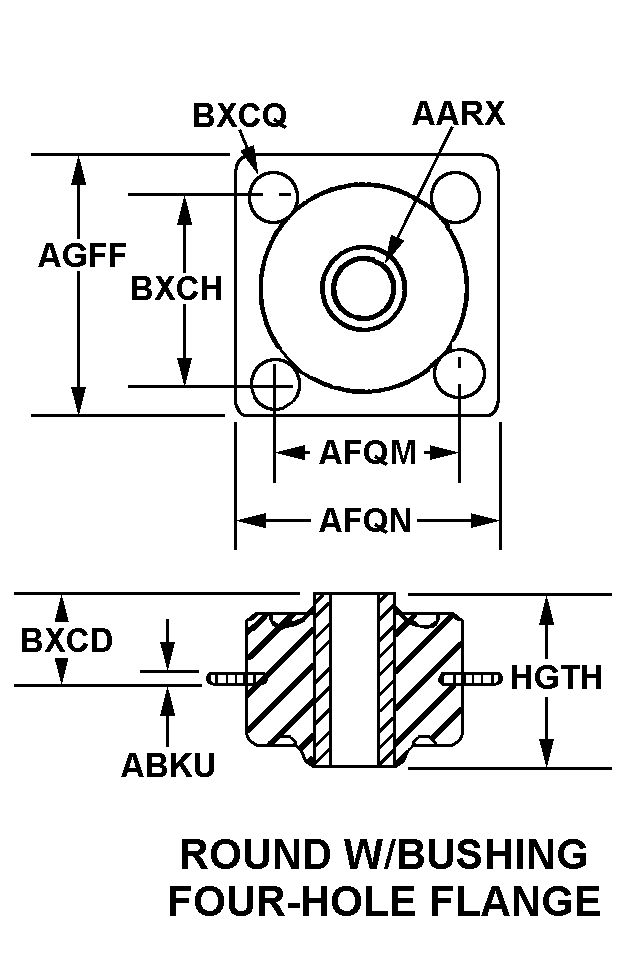
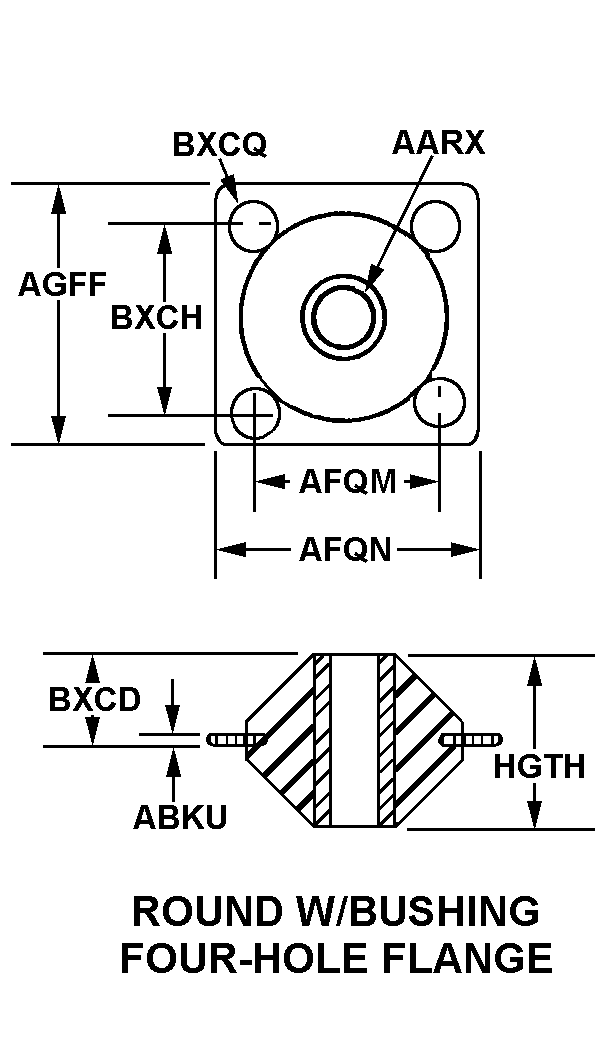
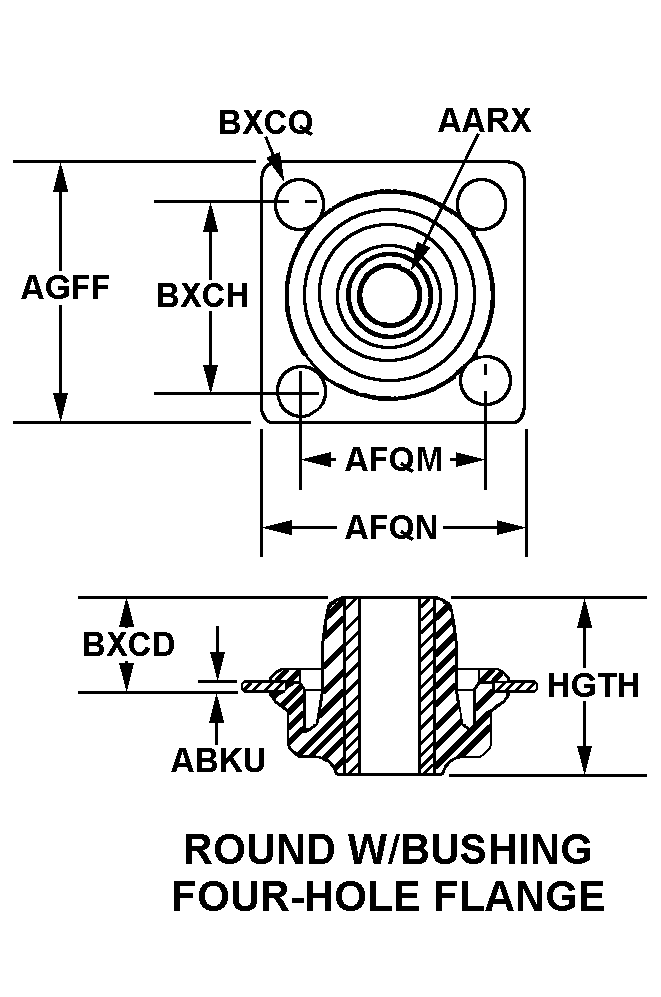
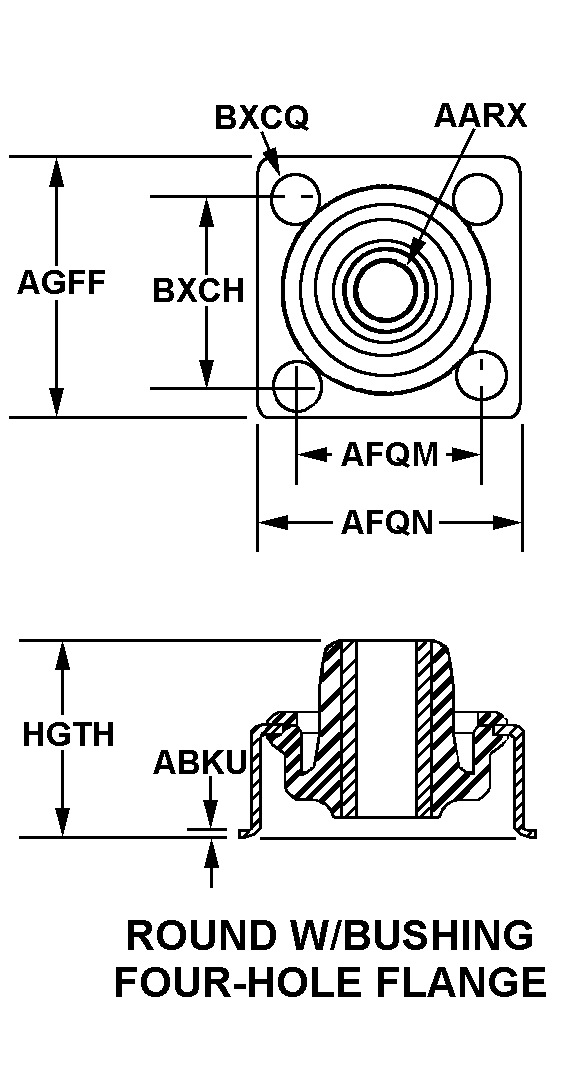
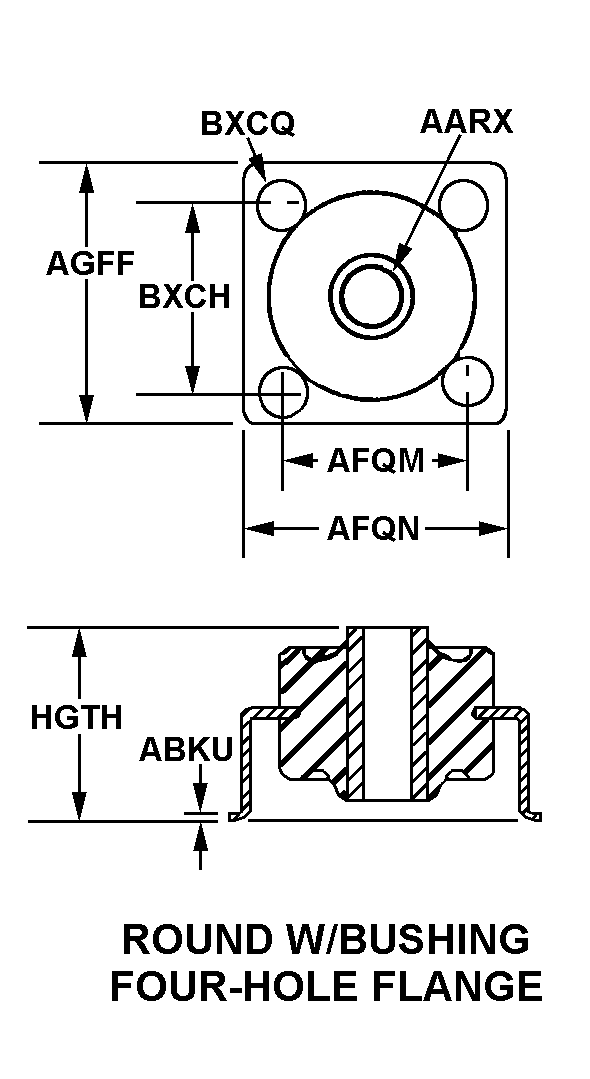
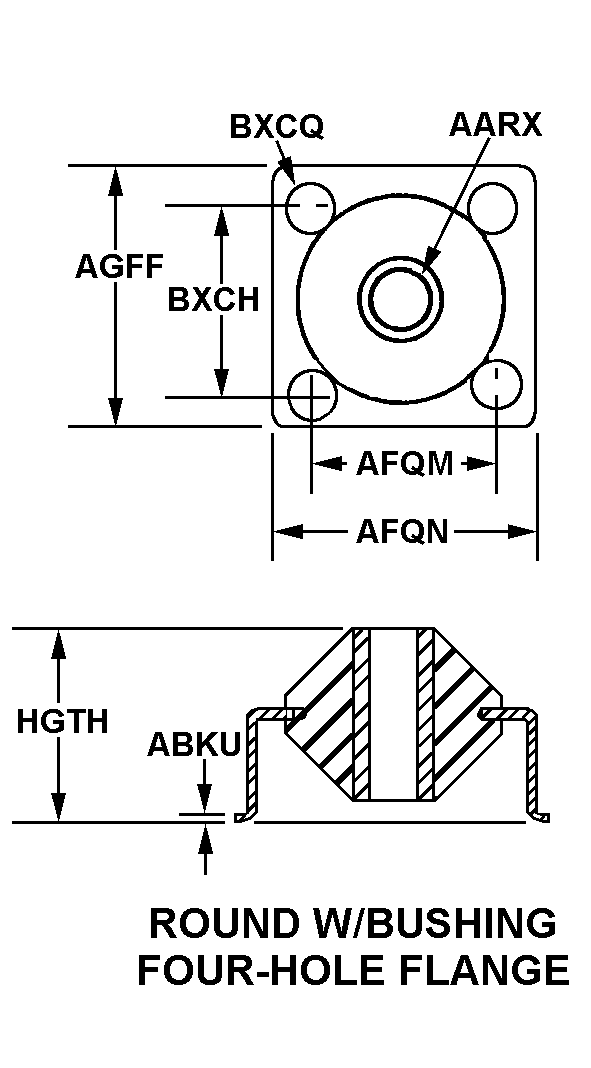
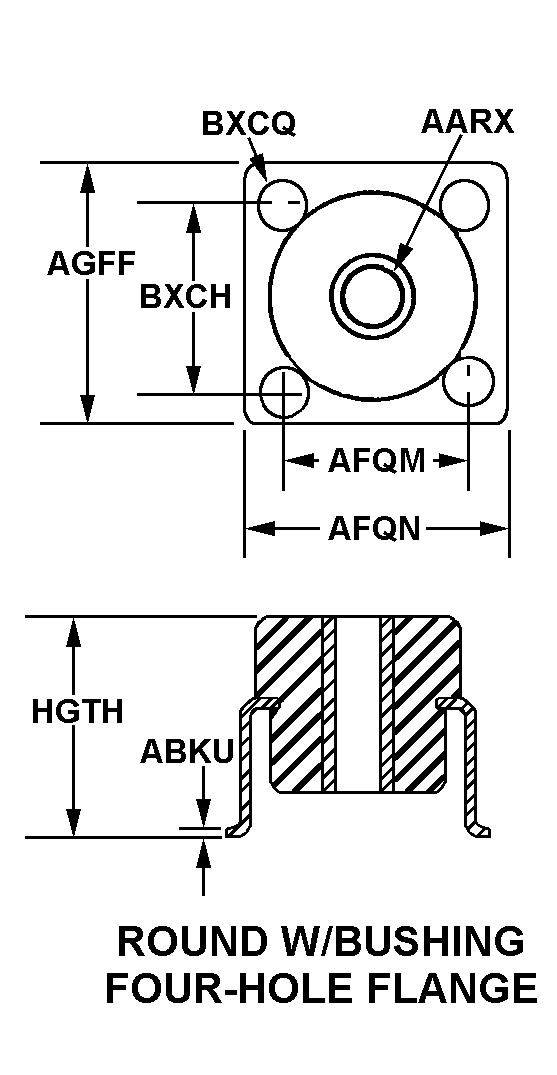
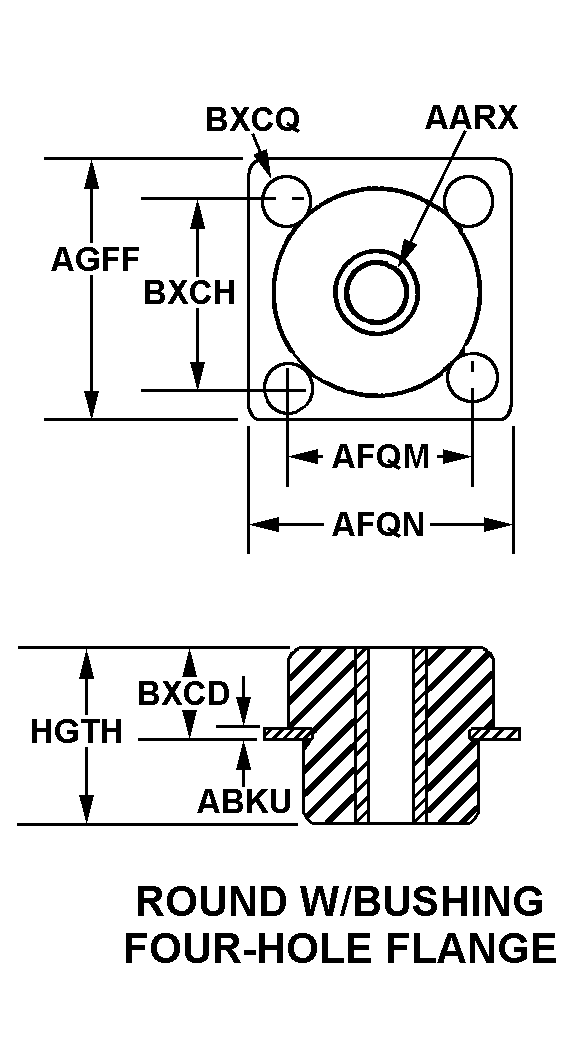
Definition Definition of approved item name (AIN): "MOUNT,RESILIENT,WEAPON SYSTEM"
An item made of material having elastic properties. it may have rigid mounting facilities such as a flange(s), sleeve(s), stud(s) or the like. it is designed to isolate or dampen shock and/or vibration of a continuous or intermittent origin and serve as a support for a weapon system component to be isolated. excludes mount, resilient, general purpose; spring (as modified); bumper, nonmetallic; bumper, rubber; bushing, nonmetallic; hydraulic and pneumatic shock absorbers, dash-pots, grommets, and shock pads.
5342-01-589-8581 Material Hazmat, Precious Metals, Criticality, Enviroment, and ESD
Indicates there is no data in the hmirs and the nsn is in a fsc not generally suspected of containing hazardous materials.
Item does not contain precious metal.
No known electrostatic discharge (esd) or electromagnetic interference (emi) sensitivity.
Represents items with no adp components
The item does not have a nuclear hardened feature or any other critical feature such as tolerance, fit restriction or application.
Identification Codes
HMIC: Hazardous Material Indicator Code. A one position code that identifies a hazardous item.
PMIC: Precious Metal Indicator Code. A one position code which identifies items that have precious metals as part of their content. precious metals are those metals generally considered to be uncommon, highly valuable, and relatively superior in certain properties such as resistance to corrosion and electrical conductivity.
ESD: Electrostatic Discharge. Indicates if an item is susceptible to electrostatic discharge or electromagnetic interference damage. electrostatic discharge damage occurs when an accumulation of static electricity generated by the relative motion or separation of materials is released to another item by direct contact. electromagnetic interference damage occurs when an item comes into proximity with an electrostatic or magnetic field.
ENAC: Enviromental Attribute Code. Identifies items with environmentally preferred characteristics.
CRITL: Criticality Indicator Code. Indicates an item is technically critical by tolerance, fit, application, nuclear hardness properties, or other characteristics.






